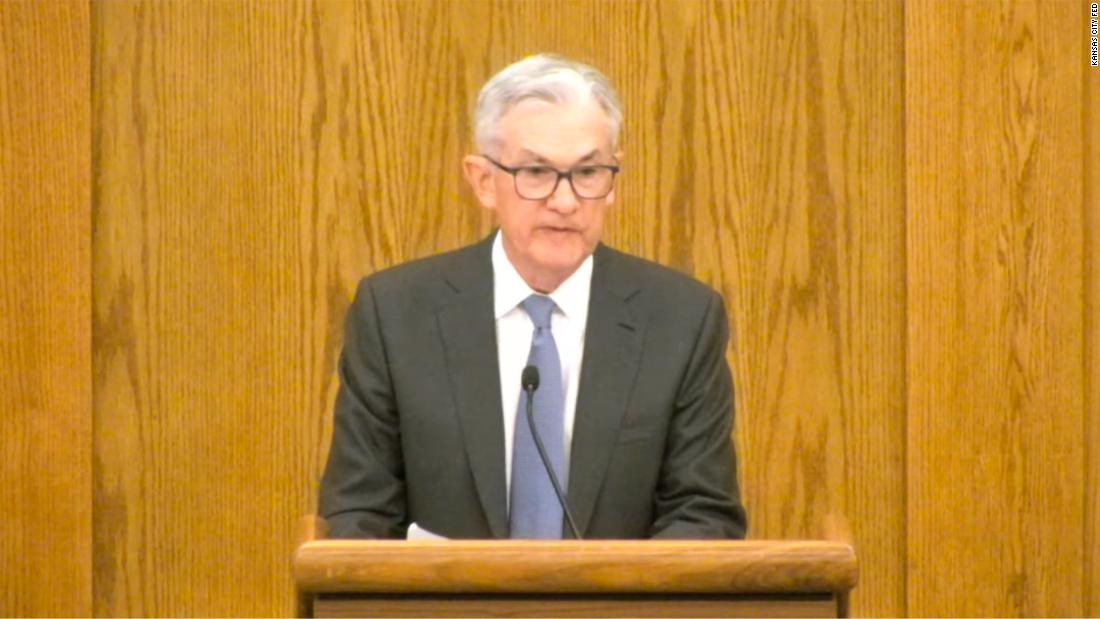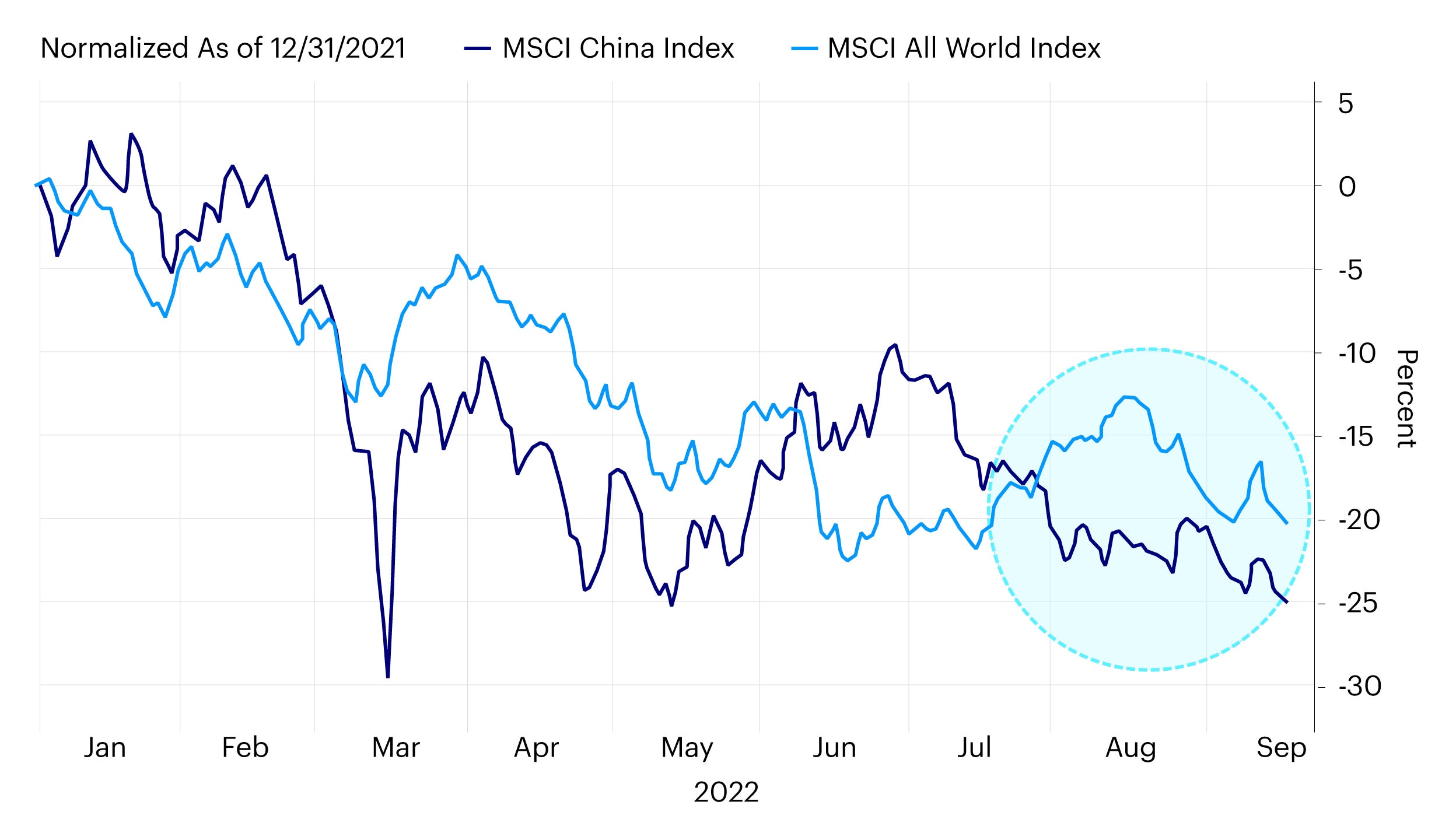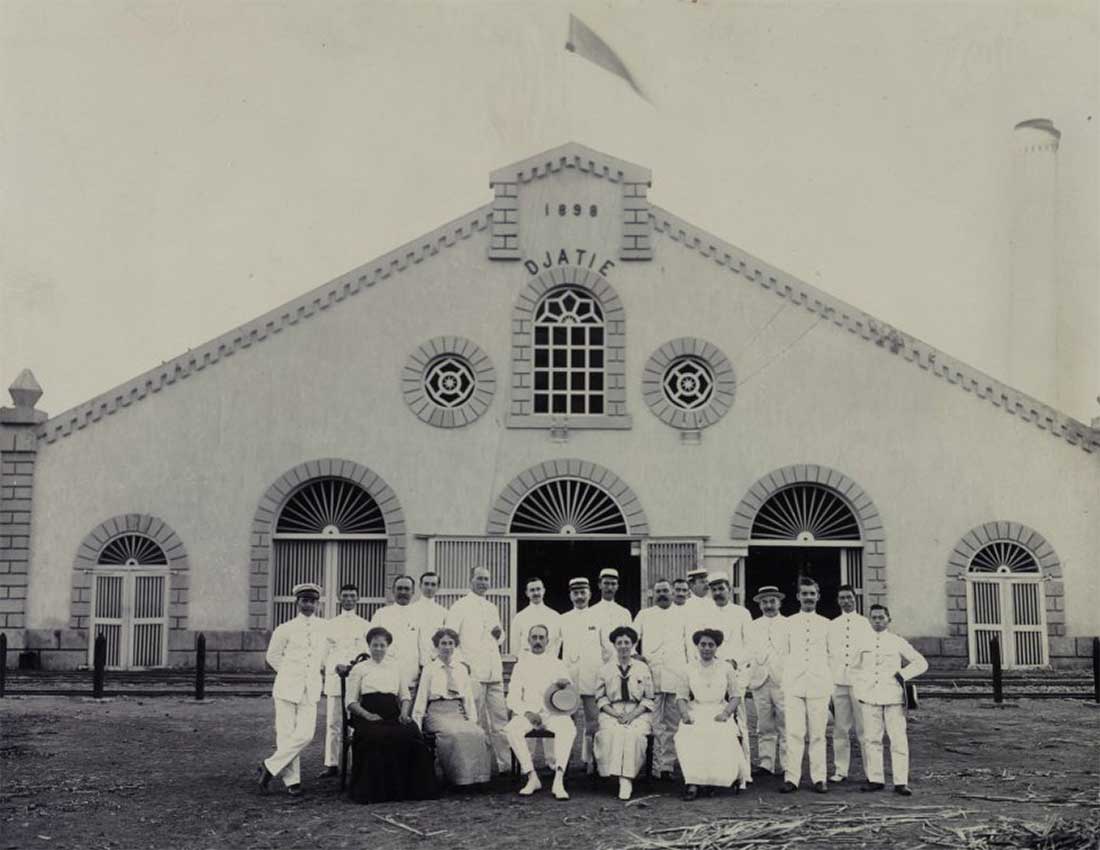Tariffs And The Fed: Jerome Powell Explains The Potential Economic Risks

Table of Contents
Inflationary Pressures from Tariffs
Tariffs, essentially taxes on imported goods, directly contribute to inflationary pressures. By increasing the cost of imported products, tariffs force businesses to raise prices, leading to higher consumer prices. This ripple effect impacts the entire economy. For example, tariffs on steel and aluminum have increased the cost of manufacturing goods, impacting various industries from automobiles to construction.
- Increased costs for businesses: Businesses face higher input costs, squeezing profit margins and potentially hindering investment and expansion.
- Reduced consumer purchasing power: Higher prices for goods and services reduce consumers' disposable income, dampening economic growth.
- Potential for wage-price spirals: Increased costs might lead businesses to increase wages, which in turn could further fuel inflation, creating a vicious cycle.
- Impact on specific sectors: Industries heavily reliant on imported materials, such as manufacturing and agriculture, are particularly vulnerable to the inflationary effects of tariffs.
The Fed, mandated to maintain price stability and full employment, faces a significant challenge in mitigating the inflationary pressures stemming from tariffs. Data from the Consumer Price Index (CPI) often reflects the impact of such tariffs, showing increases in specific sectors following their implementation.
The Fed's Response to Tariff-Induced Inflation
To combat tariff-induced inflation, the Federal Reserve employs various monetary policy tools. These include raising interest rates and engaging in quantitative tightening.
- Interest rate hikes: Increasing interest rates makes borrowing more expensive for businesses and consumers, reducing spending and cooling down the economy. This helps curb inflation but can also slow economic growth.
- Quantitative tightening: Reducing the money supply by selling assets from the Fed's balance sheet helps to control inflation but can also have negative consequences for economic expansion.
- Potential for recessionary pressures: Aggressive measures to combat inflation risk slowing economic growth too much, potentially triggering a recession.
- Balancing inflation control with economic growth: This delicate balancing act is the core challenge faced by the Fed when dealing with tariff-induced inflation.
Powell's statements and actions reflect this tightrope walk. He has often expressed concerns about the inflationary consequences of tariffs while emphasizing the Fed's commitment to maintaining economic stability.
Uncertainty and Investor Sentiment
Tariff uncertainty is a significant concern. The unpredictable nature of trade policies creates instability, negatively affecting business investment and consumer confidence.
- Reduced business investment: Uncertainty makes businesses hesitant to invest in expansion or new projects, hindering long-term economic growth.
- Weakened consumer confidence: Uncertainty about future prices and economic prospects reduces consumer spending, impacting demand.
- Increased volatility in financial markets: Tariff-related uncertainty fuels market volatility, increasing risk premiums and potentially triggering market corrections.
- Difficulty in predicting economic outcomes: The unpredictability makes economic forecasting challenging, complicating the Fed's task of setting appropriate monetary policy.
Powell has frequently highlighted the detrimental effects of this uncertainty on economic stability, emphasizing the need for clear and predictable trade policies.
Global Economic Implications of Tariffs and Fed Policy
The global economy is interconnected; US tariffs and the Fed's responses have far-reaching international consequences.
- Impact on global supply chains: Tariffs disrupt global supply chains, increasing costs and causing delays for businesses worldwide.
- Retaliatory tariffs from other countries: US tariffs often provoke retaliatory measures from other nations, escalating trade tensions and harming global trade.
- Slowdown in global economic growth: Trade wars and economic uncertainty can lead to a slowdown in global economic growth, impacting all countries.
- Potential for trade wars: The escalation of tariffs and retaliatory measures increases the risk of damaging trade wars.
Powell's statements have often acknowledged the global implications of tariffs and the Fed's actions, highlighting the interconnected nature of the world economy.
Conclusion: Navigating the Complex Relationship Between Tariffs and the Fed
In conclusion, the relationship between tariffs and the Fed is complex and fraught with challenges. Tariffs create inflationary pressures, forcing the Fed to respond with potentially growth-dampening measures. The resulting uncertainty further undermines investor sentiment and complicates economic forecasting. Furthermore, these actions have significant global implications. Understanding the interplay between tariffs and the Federal Reserve's policies is crucial for navigating the current economic environment. To stay informed about the latest developments regarding tariffs and the Fed's actions, follow reputable economic news sources and carefully analyze Jerome Powell's statements. Closely monitoring the impact of tariffs on the Fed, and the Federal Reserve and tariffs relationship, will allow for better understanding of future economic trends.

Featured Posts
-
 Bbc Radio 1 Big Weekend 2025 How To Secure Your Tickets With The Full Line Up Revealed
May 25, 2025
Bbc Radio 1 Big Weekend 2025 How To Secure Your Tickets With The Full Line Up Revealed
May 25, 2025 -
 China And Us Trade A Race Against Time To Secure Trade Deal Benefits
May 25, 2025
China And Us Trade A Race Against Time To Secure Trade Deal Benefits
May 25, 2025 -
 La Ue Risponde Alla Caduta Delle Borse Le Contromisure Sui Dazi
May 25, 2025
La Ue Risponde Alla Caduta Delle Borse Le Contromisure Sui Dazi
May 25, 2025 -
 Relx Sterke Financiele Resultaten Dankzij Ai Investeringen Ook Voor 2025
May 25, 2025
Relx Sterke Financiele Resultaten Dankzij Ai Investeringen Ook Voor 2025
May 25, 2025 -
 Mengungkap Sejarah Porsche 356 Di Jerman Kisah Pabrik Zuffenhausen
May 25, 2025
Mengungkap Sejarah Porsche 356 Di Jerman Kisah Pabrik Zuffenhausen
May 25, 2025
